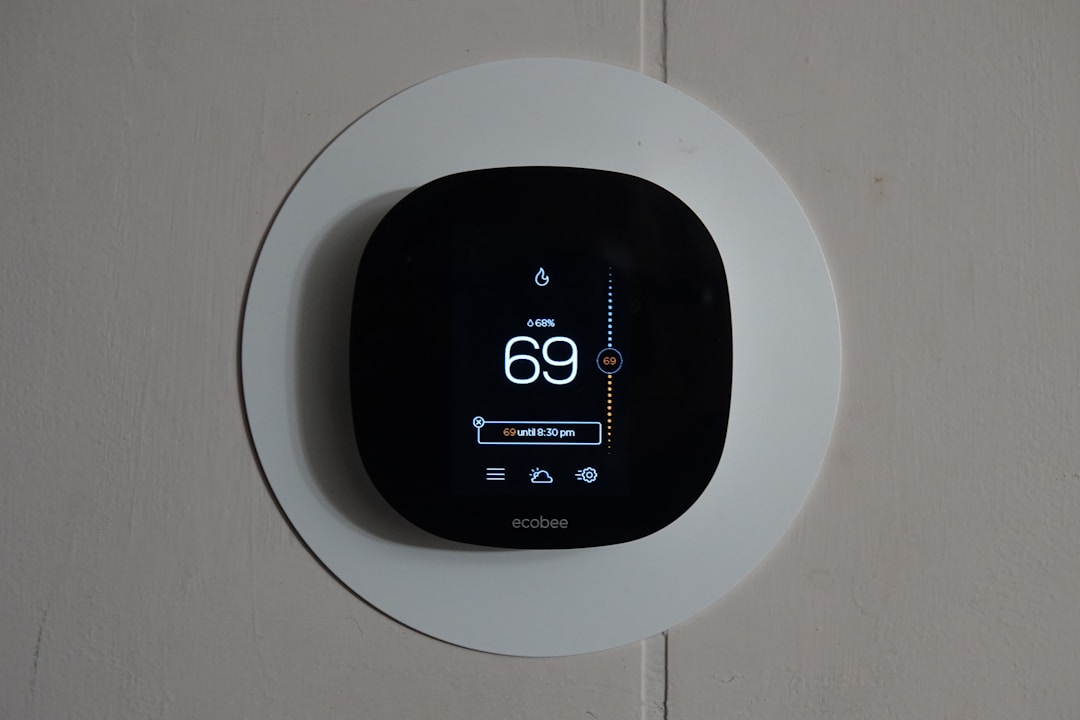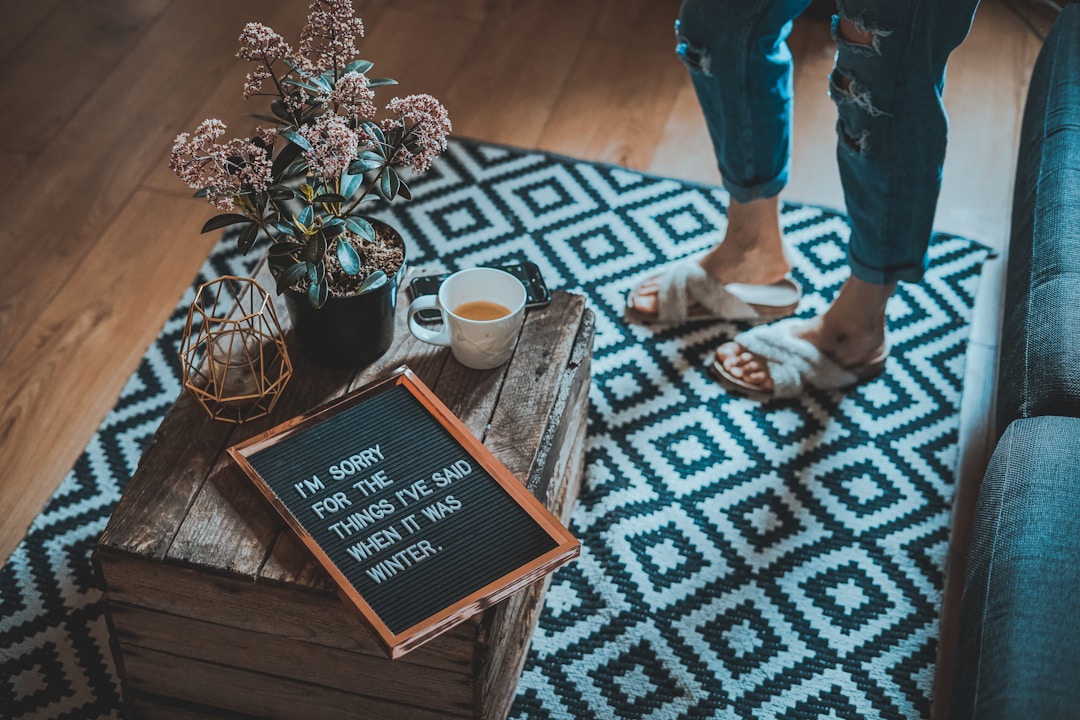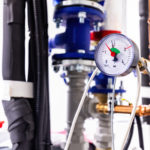In the colder months when temperatures start to fall, most households notice a significant rise in their utility bills. Some of the most common reasons for this involve having an outdated HVAC system, using older model electrical appliances, and air leaks, to mention a few. To help you keep your heating costs low this winter, here are a few tips on how to heat your home efficiently during the cold months.
Have a programmable thermostat installed.

A great way to keep your home warm during the winter season is by having a programmable thermostat installed. Given that most smart thermostats can remember up to four different temperature settings throughout the day, you can leave it on a lower setting when you’re asleep or away from home and set it higher during the colder parts of the day. This can significantly lower the cost of your energy bill.
If you choose to install the thermostat on your own, be sure to follow the manufacturer’s instructions. However, it’s always best to let a professional heating, ventilation, and air conditioning (HVAC) technician do this for you.
Schedule an energy audit.

It can be difficult to improve your home’s energy efficiency when you don’t know what’s adding to the cost of your hefty electric bill. Luckily, hiring a local electric company to perform an energy audit can help you understand the patterns in your energy consumption.
By inspecting your appliances and general energy use, they’ll be better placed to help make your home more energy-efficient and keep your energy costs low. If your HVAC system—furnace, heat pump, air conditioner, radiator, air filter—hasn’t been updated in over 10 years, for instance, your hired experts may suggest that you have it replaced. Additionally, if your appliances are older models, they may help you update to Energy Star quality appliances.
Have a professional seal your drafty windows.

Cold months make it easy for you to notice air leaks as the cold outside air rushing through window cracks instantly chills even the warmest room. To prevent further heat loss, seal up any noticeable leaks. An easy way to do this is by sealing any noticeable cracks and openings with latex or silicone caulk.
If you’re living in a rental unit and don’t want the expensive risk that may come with botching your DIY, using a heavy towel to seal your doors is a quick makeshift fix. To avoid any last-minute inconveniences, have a window contractor inspect your attic crawlspace, doors, and windows for any leaks way before the arrival of cold weather.
Invest in high-quality area rugs.

Area rugs offer a great way to add color and style to a living space. However, in the cold winter months, they’re more than just a design element: They add a much-needed layer of insulation to cold floors. The quality of the rug also plays a huge role in preventing heat loss in your rooms, as thick rugs offer better insulation than thin rugs.
To get the most warmth from your rugs or carpet, place them in areas that are likely to get more foot traffic than other parts of the home.
Rearrange your furniture.

How you arrange your furniture during the winter months affects how heat flows through your home. To ensure warm air flows freely through your home, move furniture away from radiators, vents, and registers. This is important to do because a blocked heating system disrupts heat and airflow throughout your home. This not only results in cold rooms but also affects your cooling bills.
If you need more information on how to improve the efficiency of your heating system, the U.S. Department of Energy’s website can help. Before the onset of winter, have an HVAC technician run a service check on your home to ensure that your heating and cooling unit is working at peak efficiency.



